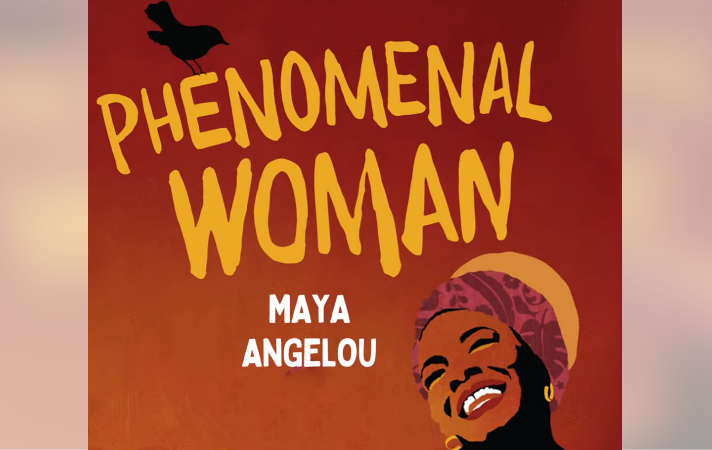Joshua Oppenheimer’s The End presents us a world where an elite family lives in an elite world altogether. There’s no good world to live in, since everyone lives in an underground bunker because of the pure chaos and destruction. The family busking in this luxurious fantasy consists of sociopaths who were created embroiled in oil wars. Michael Shannon for instance was an oil baron. The picture is sombre, dark and twisted. As much as one does come to terms with the delusions. The mother, Tilda Swinton and her son George MacKay are also cocooned in delusions prevalent in the bunker but the level of insanity and awkwardness exhibited by the son is a testimony of his sheltered life far away from this chaos. Overall, in a nutshell, the family is fuck*d up and lives in denial. It would give anybody chills.
The introduction of a stranger in this futuristic reality played by Moses Ingram somehow shifts the boundaries of suspense. That is because her character is shown at the brink of growing up in a very sacred place. However, the son, who overwatched her and loved her at the same time, grew up in an insulated world. In a surprising turn of events, every hope of transferring the cycle was shattered after her introduction. Though at some point, she would not be wrong since Ingram was a woman with power, liberation and hope. She questioned everything, turned tables and wrestled for every little thing to break monotony. Nevertheless, her existence violated every perspective of this crippled utopian society.
Also read : What Is the “Sigma Sigma Boy” Viral Trend on TikTok?
A Cyclical Ending: The End is the Beginning
The final parts of the film show why the family’s struggles were meaningless. What once was a safe space – The bunker morphs into yet another place where events tend to repeat themselves. The image of a toy train continuously moving on a circular track is a clear depiction of this. The family has no opportunity to move away from their past; their stubbornness strikes again. Ending the cycle of ‘the end is the beginning is the end’ is what is referred to as pessimistic commentary on the era of mankind, and how history is destined to repeat itself.
A cyclical ending again corresponds to the most fundamental idea of the film: the people who create the most damage are usually the ones who are incapable of changing, and this is true for most people. They even shift blame and guilt to one another in order to delve deeper into the abyss of despair where there is no way out.
Where Characters Go to Die
May it be the son and the stranger, they appear to have the promise to learn and develop. However, stagnation is where the rest of the family ends. The mother embraces her fantasies while the father as the head of the family shirks from responsibility. This in turn causes the closure to be more anticlimactic. The brief flickers of optimism, which are everything from the son’s inquisitiveness to the presence of the stranger, are never able to withstand the sheer power of the family’s denial. Resulting that nothing meaningful has transformed and instead, the audience is left feeling indifferent rather than resolved.
However, the impression that stubbornness gets one into misery is the film’s focus, is not something that can be put into an archive and forgotten due to the sheer idea of overreaching and stubbornness itself. But, based upon this frame of mind a storyline can only go so far. Most disappointingly, the film fails to show development flat lining, so to speak, which could have drastically increased the feel of enjoyment and watching the film.
The Musical Element: An Aspect Not Fully Explored
In all the films the music parts reveal the characters’ subconscious and though the moment is rare, it is also unoften normal. Some of the episodes in which Tilda Swinton speaks to herself while remembering her dead mother, and Michael Shannon speaks near his emotional leaks rank highly. But these are few and far between and therefore do not propel the story to a viable and meaningful ending. The songs do not by themselves lead to a conclusion where the interlude is a complete result of the previous verses and therefore are only touched symbols amid the framework of the less important plot. Such a wide and almost nonsensical sight diminishes the point of the story.
The End: Technical Brilliance, Narrative Stagnation
As far as any empathy in the viewers is concerned, The End stands out in turning the narrative to a utopic, confined space. The bunker is configured rather stiff, restricting the space in which the viewers can relate with. Its minimalism calls for some of Bob Fosse’s elements but only those that would better create an atmosphere of confinement, entrapment. The inappropriateness of keynote ad Rhetoric, shy of the pompousness of the family who proposes pity. To top all of that, this movie, technical as it claims to be, is marred by editing shambles and dissociative transitions in the last part of the movie. Such shortcomings break in the sequence and mark the absence of a joining thread in the coverage.
Also read : Pushpa 2 Box Office Collection Day 1: All About This Blockbuster
Conclusion
The End’s concluding scenes should be regarded as a condensed version of the entirety of The Ending showing monotonous conflict inside itself. The premises are, quite extensively, there: an incredible satire of the elites’ apathy, a meditation on the repetitive nature of humans messing up throughout history and anticipation of the impending apocalypse. But, these are watered down by an apparent and a strange unwillingness to move from their beginning statement. While this concluding act is consistent with the preceding ones in theme, it is devoid of the emotional and suave progression that is befitting a picture of such scale.
The End plot is not only a cliche but also disappoints its audiences who wanted it to be relatable and impactful. Instead, it has only been able to scratch the surface and show how humans can be violent and destructive while ignoring how complicated and multi-layered their experiences can be. Furthermore, the film also addresses the blunt fact that sometimes there are no happy endings, only endings.








